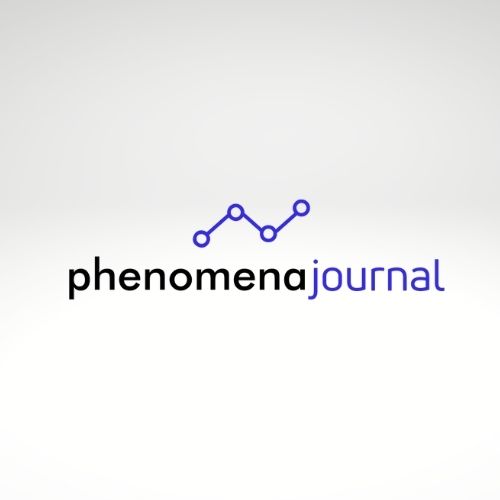Aetiopathogenesis, sensory processing and prediction of signs on Autism Spectrum Disorders in the first year of life

Published 2021-09-02
How to Cite
Abstract
The term autism is included in the DSM V manual in the category of Autism Spectrum Disorders, a category heading from a heterogeneous set of neurodevelopmental disorders dealing with social interactions, communications and behavioral and stereotyped. The term spectrum is understood as an evolutionary continuum of development that manifests itself with a variety of symptoms, from the ability to the severity of functioning by configuring different profiles. In Italy, the "Observatory Project for the monitoring of autism spectrum studies" coordinated by the Istituto Superiore di Sanità and the Ministry of Health, estimates 1 child out of 77 (age 7-9 years) with a prevalence in males greater than 4.4 than females. In recent years, international epidemiological studies have reported a generalized increase in this disorder due to the use of increasingly specific diagnostic criteria. The prevalent training of doctors, neuropsychiatrists and pediatricians, and psychologists in the field of childhood prevention identifies the onset of this disorder at a very early age, the first 12 months of life, and underlines the importance of the mother-child relationship as an observational field of predictive signs of autistic functioning. A greater awareness of the general population about the disorders that autism entails can be attributed to the mass media that have widened the focus of attention.
Keywords
Autism spectrum, early life, aetiopathogenesis, sensory processing
